
Some items were once must-haves, proudly shown off, and carefully stored. Today, they sit untouched as styles shift and buyers move on. These ten “dusty treasures” have become relics of a bygone era, which remind us of how trends evolve and fade into obscurity.
Porcelain Dolls
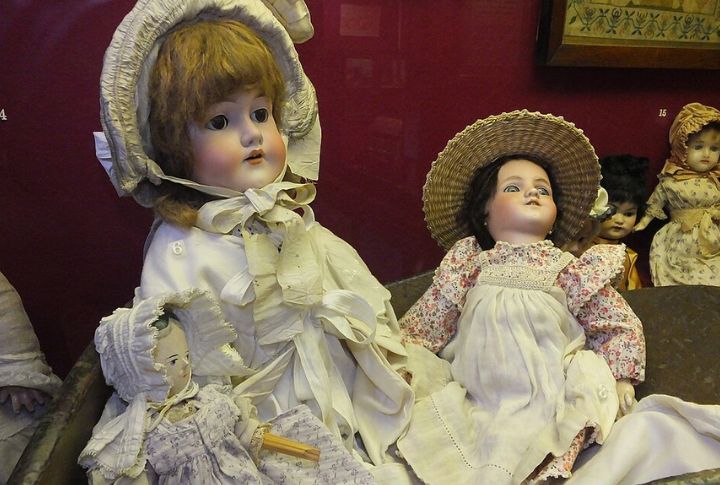
Once proudly displayed behind glass, porcelain dolls from the 1980s and ’90s now gather dust in thrift stores. Mass production diluted their uniqueness, and today’s collectors find their glassy stares less appealing. Unless exceptionally rare or pre-1950s, most don’t sell for more than pocket change.
Beanie Babies
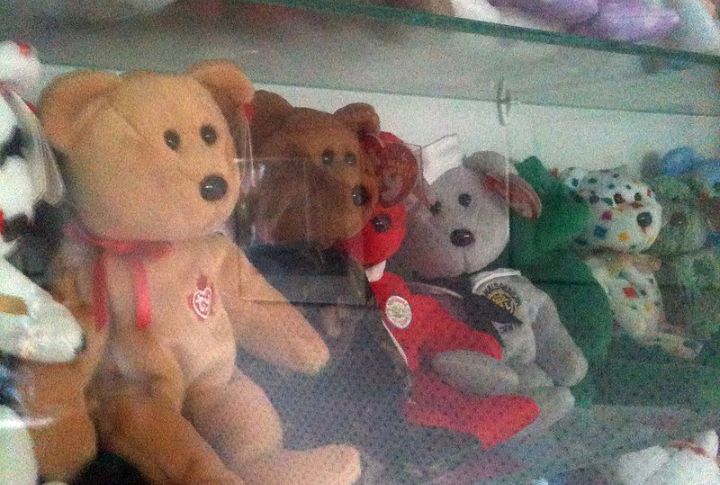
Remember the ’90s craze for this toy? So does the resale market, but with regret. Millions stashed these plush toys in plastic boxes, dreaming of riches. However, oversaturation crushed their demand. With few exceptions like Peanut the Royal Blue Elephant, most now trade for pennies with little sentimental value.
VHS Tapes

Although VHS tapes were home entertainment royalty in the ’80s, their reign ended with DVDs and streaming. Aside from rare horror and banned titles, most tapes—especially mass-market movies—sit unplayed and unwanted. The real kicker? Many degrade over time, making even nostalgia hard to watch.
Collectible Plates
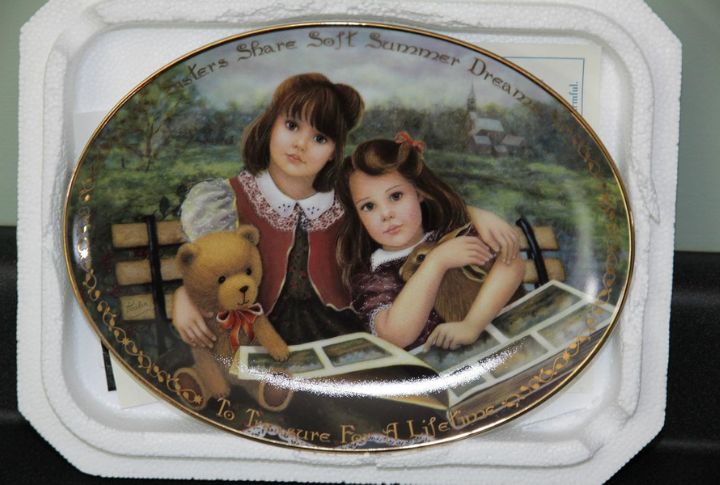
Plates meant for display (not dinner) were all the rage, thanks to companies like Bradford Exchange. They promised rarity but sold in droves. As design trends shifted and collectors lost interest, these old “valuable” dishes now struggle to fetch more than the cost of a decent lunch.
Heavy Furniture

Mahogany breakfronts and Victorian sideboards look impressive but weigh a ton. Plus, younger homeowners favor minimalism over inherited bulk anyway. At most estate sales, sellers struggle to find anyone willing to take them. Unless the piece is pre-1850 with a unique provenance, it’s more likely headed for Facebook Marketplace than a museum.
Avon Bottles
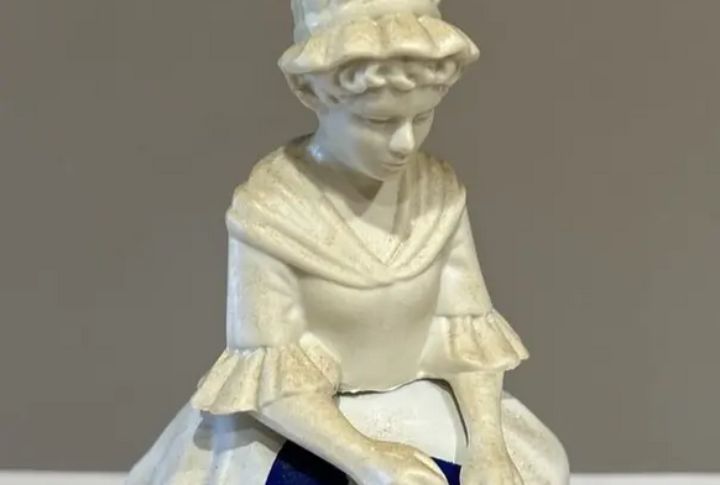
Perfume in cars? Avon thought it was genius. Glass bottles shaped like trains or cowboy boots flew off shelves in the ’70s. But the resale value never bloomed. Aside from a few exceptions, most remain common and mass-produced, with few reaching prices above $10 on today’s secondary market.
Hummel Figurines

Hummels charmed post-war homes with their sweet expressions and soft pastels. But high-volume manufacturing and changing tastes froze the value. Millennials, who now dominate the buyer’s market, don’t connect with their nostalgic roots. Even mint-condition pieces often go unsold at estate sales and antique shows.
China Sets
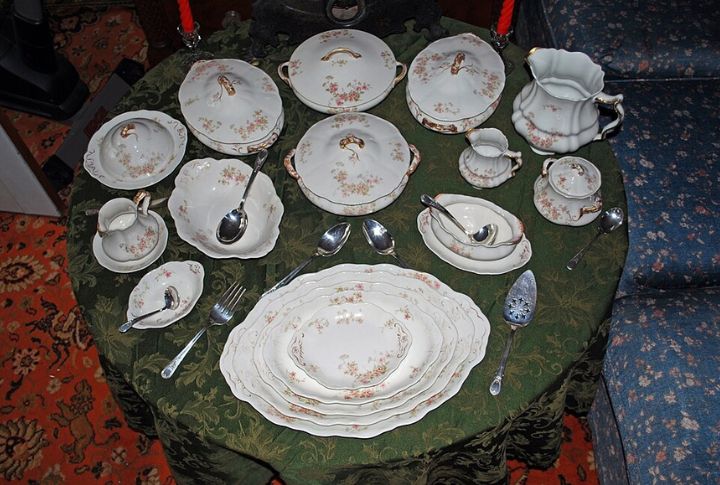
Heirloom China once signified status. Today, it’s a cupboard space thief. Modern dining trends prioritize convenience, not ornate patterns. Not even full sets from known makers will fetch any value unless they’re pre-1900 or tied to historical events. In many cases, they’re worth more being used than sold.
Vintage Typewriters

Typewriters were writers’ best friends before laptops took over. While some mid-century models attract design lovers, the vast majority, especially from the ’70s and ’80s, pile up in antique malls. Most models lack rarity and mechanical precision, which limits their usability and collector demand today.
Toby Jugs
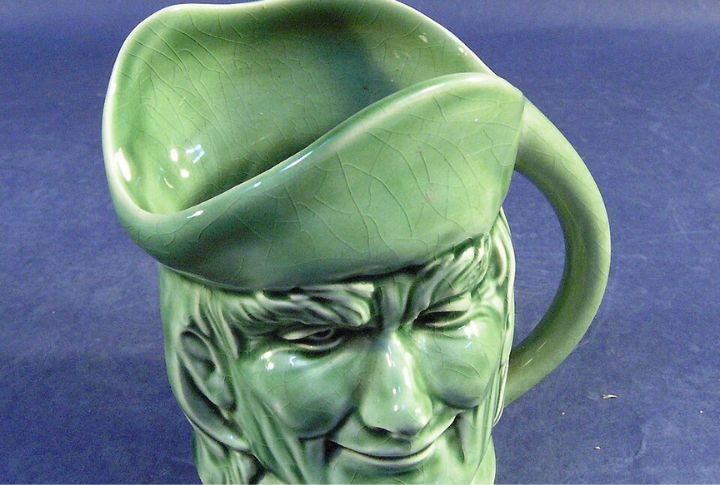
Modeled after jolly Englishmen, Toby jugs filled countless cabinets in the mid-20th century. Unfortunately, what once looked charming now seems a little creepy to most shoppers. Unless you’ve got a 1700s original or one from Royal Doulton’s rarer runs, you’re probably stuck with a mug only a few want.
